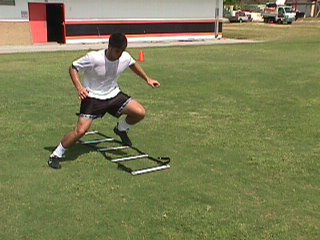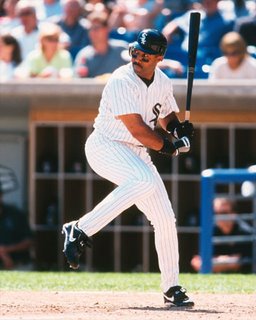Hannaford, Carla. (1995) Smart Moves – Why Learning Is Not All In Your Head. Great Ocean Publishers. Arlington, Virginia
Though provoking – a must read for anyone working with young athletes
Jones, Norman L. et. al. (1986) Human Muscle Power. Champaign, IL: Human Kinetics Publishing Company.
Even though it is twenty years still good information. It has stood the test of time.
Kellmann, M. (Editor) Enhancing Recovery: Preventing Underperformance in Athletes, Champaign, IL: Human Kinetics. 2002
So far the only book on recovery. Very good overview. Some good useable information.
King, Ian (2000) How To Write Strength Training Programs (Second Edition). Toowong, Australia: King Sports Publishing.
Good sound information. Very practical
Kurz, Thomas.( 2001) Science of Sports Training. Second Edition. Island Pont, Vt: Stadion Publishing Company.
Outstanding, I recommend this one to everyone who wants to understand training without a bunch of Russian mumbo jumbo.
Kurz, Thomas. (1994) Stretching Scientifically – A guide to flexibility training. Third Edition. Island Pond, Vt: Stadion Publishing Company.
Very good test on flexibility. No BS
Kraemer, William J. and Hakkinen, Keijo. Editors. (2002) Strength Training for Sport. London, England: Blackwell Science, Ltd
Basic, but very good.
Kreighbaum, Ellen and Barthels, Katharine M.( 1996) Biomechanics - A Qualitative Approach For Studying Human Movement. Fourth Edition. Allyn and Bacon. Boston
The best book on applied biomechanics, easy to understand and apply.
P. V., Editor, Strength and Power in Sport, Second Edition, London: Blackwell Scientific Publications 2003
A classic, now updated, better than ever. For me this is a constant reference.
Lee, Bruce. Tao Of Jeet Kune Do, Santa Clarita, California: Ohara Publications, Incorporated. 1975
Written by a genius who understood movement, not traditional, but thought provoking, especially on balance. It fact it is the basic text on balance training.
Lieber, Richard L. (2002) Skeletal Muscle Structure, Function & Plasticity – The Physiological Basis of Rehabilitation. Second Edition. Philadelphia: Lippincot Williams & Wilkins.
This is a great book. Well written. Complex information with many practical applications. I try to read anything I can get my hands by this guy.
Logan, Gene A. and McKinney, Wayne C. (1970) Kinesiology. Wm. C. Brown Company Publishers.
This is the classic. These guys were so far ahead of their time it was scary. This is another constant reference for me. Now out of print. In fact this was the last edition published – 1973.

















